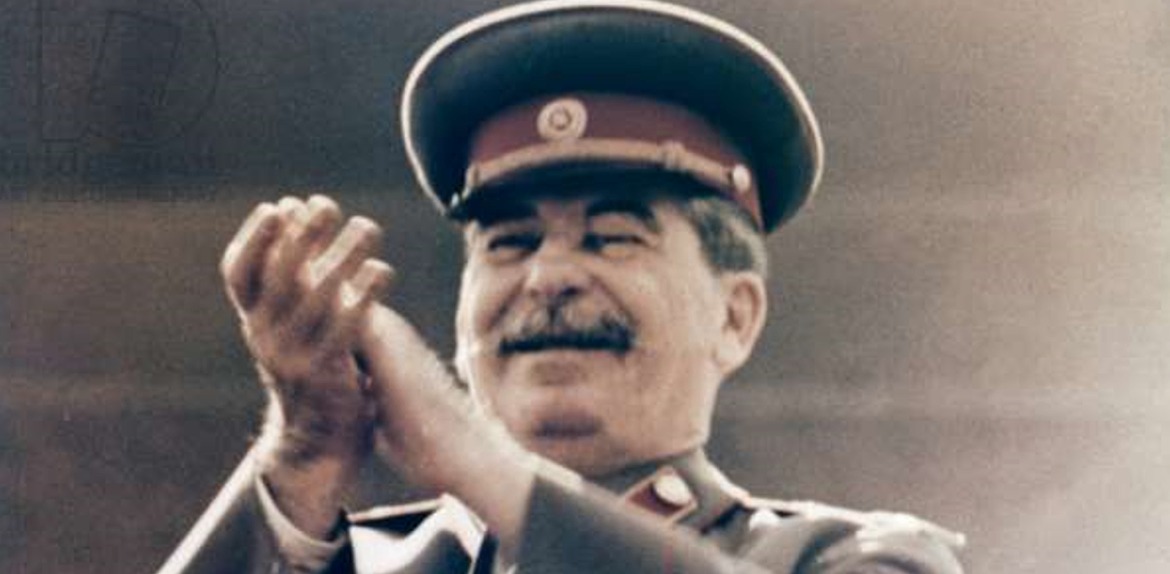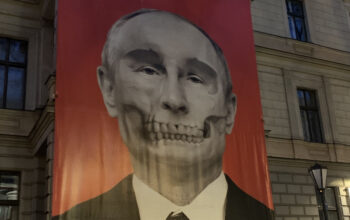Canada’s role in NATO has been a long and important one, both to NATO and to Canada as a player on the international scene. The support of Canada for joint security is a focal point of it’s foreign policy and has contributed to a more peaceful and stable environment among nations.
This series of articles will examine the rise of the North Atlantic Treaty Organization as a vehicle to secure and protect much of war ravaged Europe after the Second World War and the challenges NATO faces in Eastern Europe today with the attack by Russia on the Ukraine and NATO’s response to this aggression.
As NATO gathers in Madrid this summer to discuss its future, strategy and potential new members, the Ukraine Russian war grinds on with no resolution apparent. The Russian attack upon the Ukraine which was launched in February is just the latest in a continual process, by Russia, under Putin, of aggressive military actions intended to maintain and expand Russian power and influence. In the 21st century, the danger from any state that resorts to blatant military aggression to achieve its political aims is horrific and in Europe which has enjoyed relative peace since the Second World War, with the exception of civil wars such at the in the Balkans in the 90’s, has become unacceptable to most of Europe.
NATO has become the central player supporting the Ukraine in the resistance to Russia and as Putin claims, the main reason for the attack. What are the roots of Putin’s rational and the landscape which has led us to this point? In February of 1946 George Kennan, an officer of the U.S. Embassy in Moscow sent what has become known as the “Long Telegram” to Washington which analyzed the Soviet situation, objectives, and strategy and what he argued what he believed should be the most effective strategy to prevent the expansion of Soviet/Russian influence, territory, and ideology. There is a direct line of events which started with that telegram and offers a focused interpretation into Putin’s motives, ambitions, and actions today.
This article is the first of a series which starts with Kennan’s telegram and a refined version of that which was published in Foreign Affairs magazine in July of 1947 as the “X Article” and which arguably helped define American Foreign policy towards the Soviet Union and the formation of NATO. NATO’s original charter and mandate are still not only relevant but have become crucial to maintaining and strengthening stability in Europe in today’s world.
Kennan’s analysis of the Stalin and the Soviet Union was not only insightful in the late 1940’s but is exceptionally applicable to Putin and the Russia he rules today. His theory of containment is just as relevant today regarding Putin as it was back then. Kennan began his interpretation of the Soviet Union as basically an expansionary system which believed that the only by extending its control over the domestic population and any foreign opportunities which arise. It is time to consider containment as the primary tenet of the West’s foreign policy once again. Coming Next – “Kennan and the Long Telegram.”

